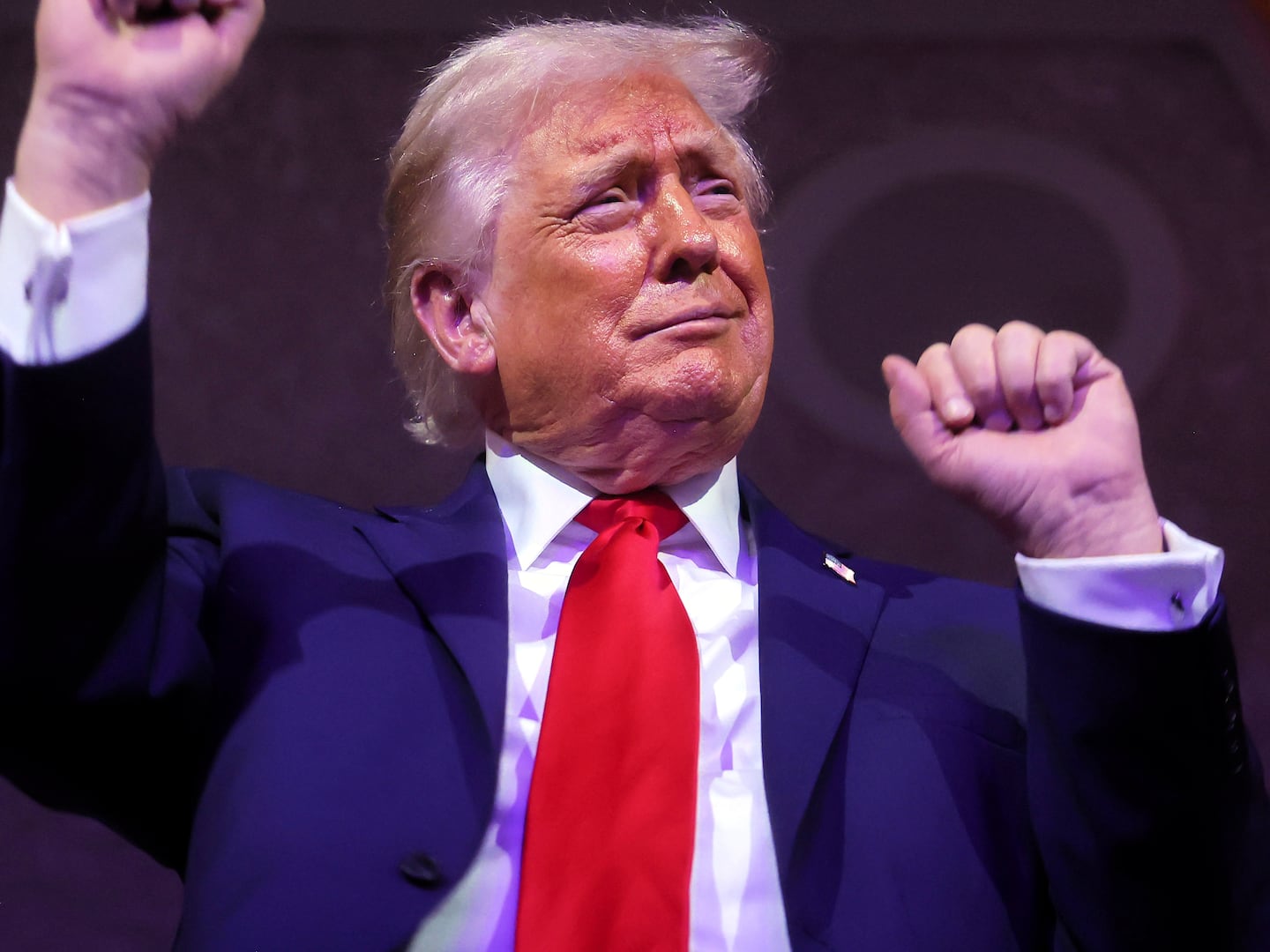This week, the Bureau of Economic Analysis (BEA) put in place a set of critical changes in how it measures America’s Gross Domestic Product (GDP). The most important change reclassifies what businesses spend on research and development, which now will be counted as economic investments rather than ordinary business expenses. By so doing, the country’s official national accounts finally recognize that ideas play the same role in prosperity and income growth as new factories and equipment. More important, the change signals that Washington—or at least its accountants—accepts that the United States has an idea-based economy.

I was present at the creation of these changes. In the late 1990s, while overseeing the BEA as Under Secretary of Commerce for Economic Affairs, I helped BEA set up the first tests of how to approach R&D as an investment. Then as now, this shift was a no-brainer. Those of us who study what makes economies grow all learned as students that innovations drive growth even more than new capital investments. Based on the strict patent protections which the United States has embraced since the time of the Constitution, Americans have always known this intuitively. So for more than 200 years, the world’s most market-based economy has granted temporary monopoly rights to anyone who comes up with a new invention.
Investors clearly believe in the value of patents and the inventions they animate. A new study covering more than eight decades of U.S. patents (1926-2010) has found that when a company receives a new patent, its stock market value increases on average by $19.2 million (measured in 2013 dollars). Even setting aside such blockbuster patents as the core innovations from Apple or Google, the researchers found that the median bump in a firm’s stock market valuation after receiving a patent was $5.9 million.
In fact, intellectual property and, more broadly, intangible assets now dominate American business. Since the mid-1990s, American firms have invested more in new, intangible assets—databases, brands, worker training and competencies, as well as R&D and patents—than they have in new physical assets. That tells us that businesses now expect to earn more from ideas in their various forms than from their plants and equipment.
Here, too, investors agree. In 1984, the “book value” of the 150 largest U.S. corporations—what their physical assets would bring on the open market—was equal to about three quarters of their stock market value. So, nearly 30 years ago, large American businesses were worth about one quarter more than the plant, equipment, and real estate which generated their profits. By 2005, the book value of America’s 150 largest companies equaled just 35 percent of their stock market value. By that time, about two thirds of their value came from their intangible assets, because those assets had become the main source of the value and profits that large companies generate.
This shift to intangible assets is not confined to popularly recognized “idea-based” industries such as information technologies and biotechnology. A 2011 analysis by Kevin Hassett and myself found that by 2009, intellectual property strictly defined and accounted for at least half of the market value of not only the software, telecom, and pharmaceutical sectors, but also such disparate industries as food, beverages, and tobacco, media, healthcare, professional services, household and personal products, consumer services, and autos. And when we expanded the category to all intangible assets, broadly defined, those idea-based assets accounted for at least 80 percent of the market value of all of the industries just mentioned, plus capital goods, materials, transportation, and consumer durables and apparel. That covers every major industry except retail, real estate, banking, energy, and utilities.
Now that the official accounts for the American economy finally treat the R&D that leads to most patents and innovations as economic investments, we can also better track and compare their value. For instance, we now know that U.S. businesses have spent less on R&D in recent years than they did in the 1990s— and that nevertheless, the United States spends more on R&D than all of Asia and Europe combined.
Turning to the results, we find that about 25 percent of the world’s patents are held by U.S. companies and individuals, a share close to America’s 22 percent share of worldwide GDP. America’s real advantage, however, probably lies in its outsized willingness to fund the young enterprises that often develop new, patented advances. So, while the United States claims 25 percent of all patents, the Organization for Economic Cooperation and Development (OECD) reports that we also account for roughly half of all worldwide venture capital investment.
America’s shift to an idea-based economy will shape much of our economic future. The information and Internet technologies so integral to creating and managing ideas have spread across every economic sector. Within each industry, those firms most adept at applying those technologies to their operations will, on balance, be the ones most likely to succeed. That has already become a gauge for investors to use and watch. More important, a widening gap has opened between the incomes of most Americans and the incomes of roughly the top 20 percent of workers who are already adept at creating and managing ideas, or at least operating in workplaces dense with information and Internet technologies. Finding new ways to enable most Americans to prosper in an idea-based economy will be the most pressing economic challenge facing Washington policymakers over the next decade.






